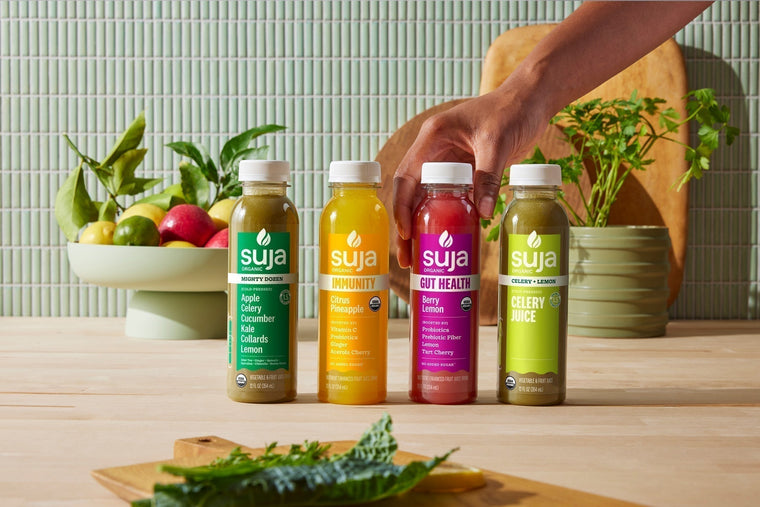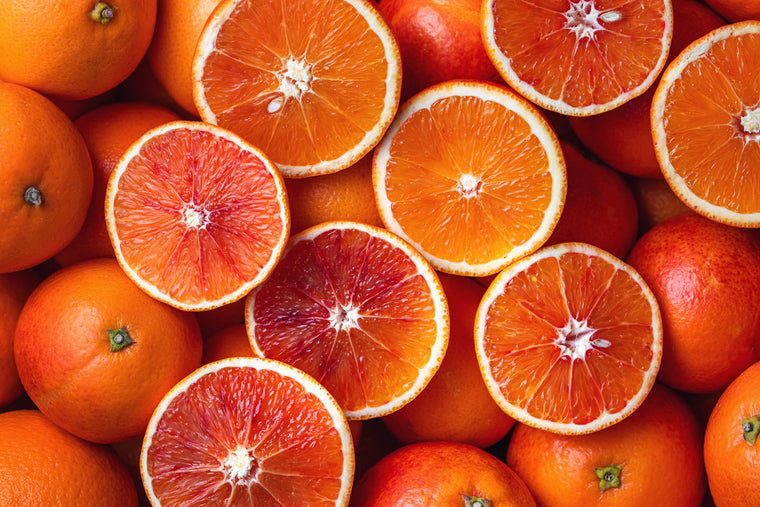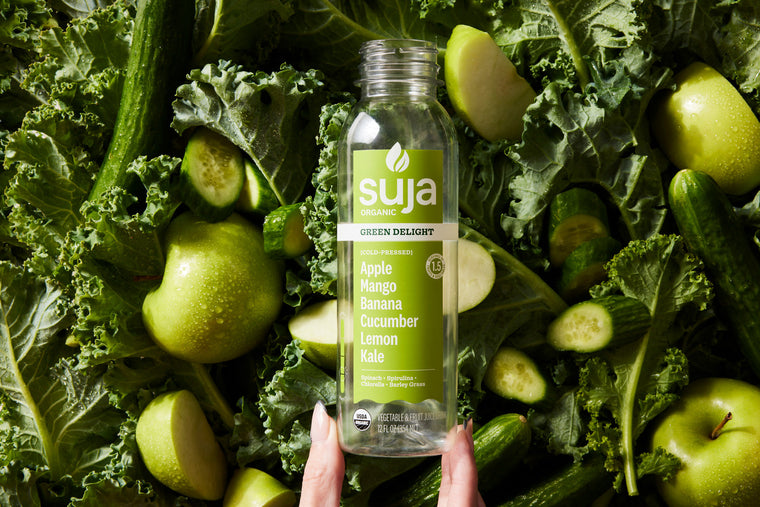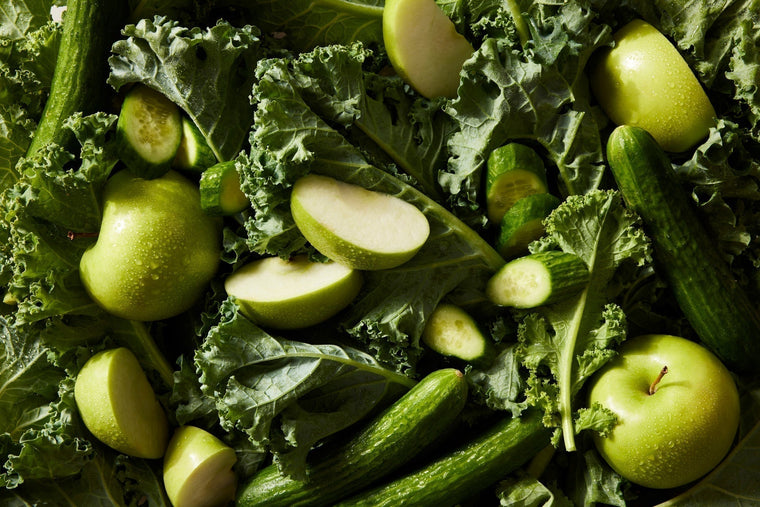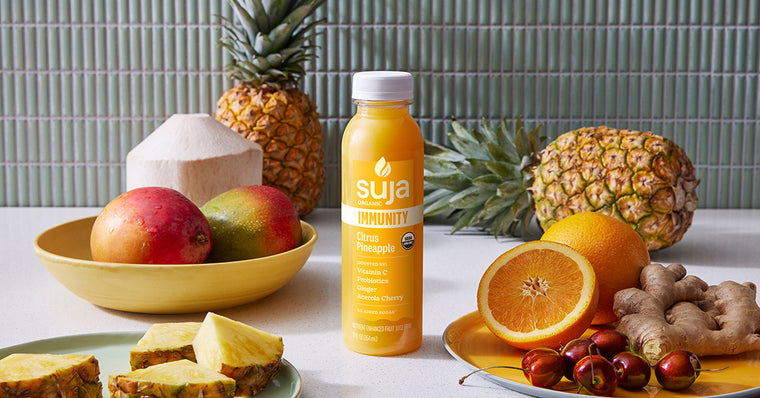
You know fall is here when you start seeing all the pumpkin-flavored specialty foods cropping up at your supermarket or chain restaurants. It’s just after Labor Day and already pumpkin-flavored beers, fro-yo, donuts, cupcakes, bagels, coffee, tea and pastas are now available just about everywhere.
Problem is, many of these new pumpkin treats don’t pack in very much pumpkin and are generally high in calories and loaded with added sugars. But did you know that pumpkins are more than pie filling, Halloween décor or flavor-of-the-season?
They’re actually one of the healthiest food you can eat—and should be eating all year long. Fall’s signature squash is a nutritional powerhouse. According to the USDA Nutrient Database, a cup of raw pumpkin has just 30 calories and a cup of cooked pureed or mashed pumpkin provides about 50 calories, 2 grams protein and 3 grams fiber.
Pumpkin also provides more than 20 vitamins, minerals, fiber and beneficial antioxidants. It contains vitamin C, iron, zinc, potassium, and is one of the leading sources of vitamin A (beta-carotene) and several other beneficial carotenoids. In fact, a serving of pumpkin packs in nearly 250% of the vitamin A you need in a day.
Nutrient-rich and calorie-poor, pumpkins are often considered a superfood for your health. They are one of the best sources of pro-vitamin A. What’s more, supplements of beta-carotene have not shown the same promise as eating beta-carotene rich foods, so this is one food you need to enjoy in your diet to reap all of it’s benefits.
The new dietary guidelines for Americans recommend getting at least one serving of red or orange vegetables daily for their orange their anti-inflammatory and heart health benefits. To get more pumpkin in your diet, try Suja's limited edition Suja Elements Call Me Pumpkin.
Suja Juice

